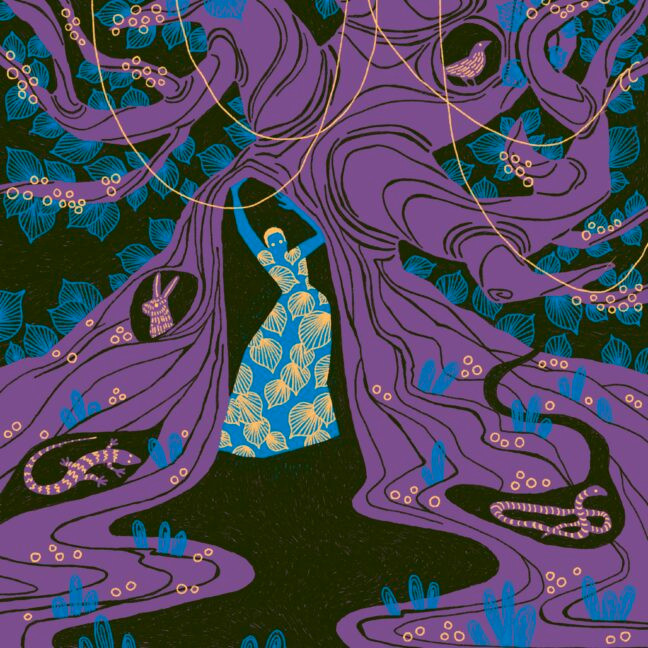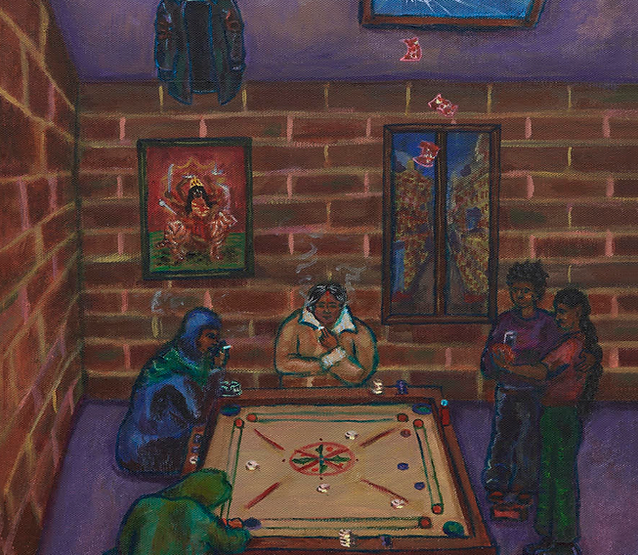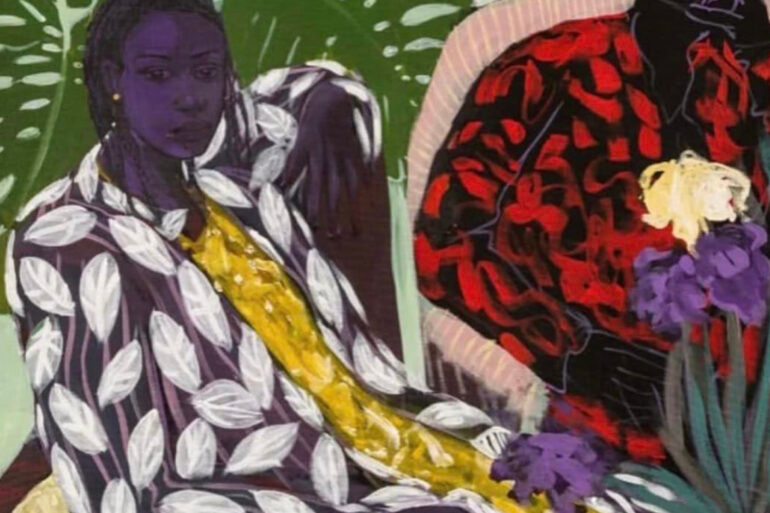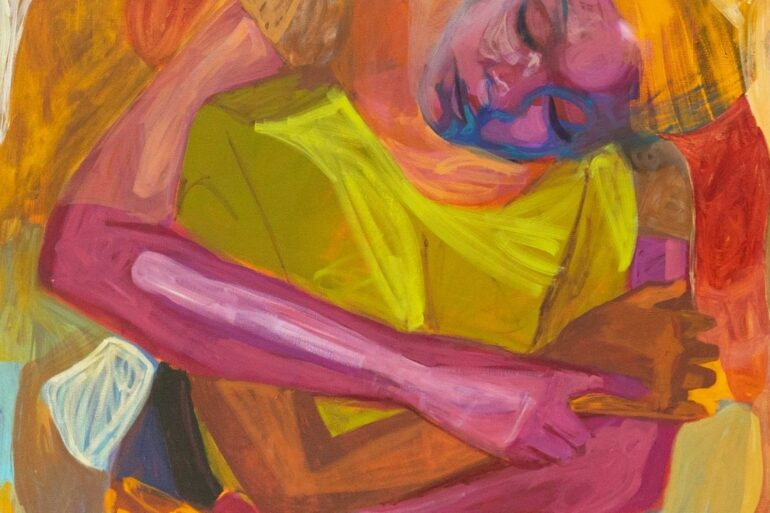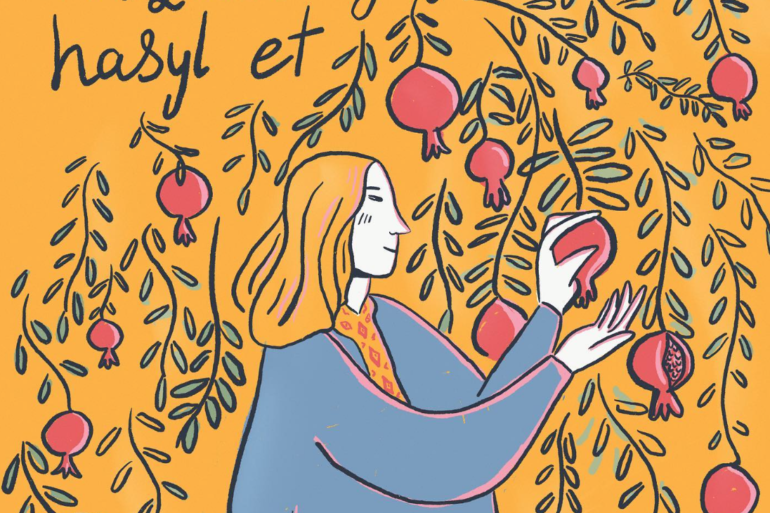Harshad Marathe is an illustrator whose work focuses on myths and folklore.
How has your lived experience shaped your practice?
I’d say that lived experience has shaped my life. For a part of my life, I had no idea about trauma, or what it is and what it can do to a person. During this time, I was simply clueless and ignorant about it, and was hence unable to empathise with those who have been through difficult things in their life. It was only after I went through traumatic events that I truly understood how it can be. Trauma always feels bad, and it messes you up for years, but at the same time I can confidently say that for me it was also a blessing. It helped me gain a much better, more empathetic understanding of the world. The process of turning difficult things from your past into wisdom and putting it out into the world as positivity is something I’m still learning.
What are some of your biggest influences and motivations in your work? What issues are you passionate about working on?
I have been lucky to have had brilliant teachers and mentors from all over, as well as peers who have influenced me over the years, at all stages of my life. Certain series of events and solitary incidents have also had an impact on me. The result of all this is my internal value system and my world-view, which I think is somewhat unique and heterodox. I’m convinced that life is complex, nuanced and grey. In my opinion, there are no simple answers or conclusions, and I stay away from simplistic and reductive representations, and propaganda. I don’t easily take sides.
Can you tell us more about your focus on myths, fantasy and world building?
I feel like in some ways, myths and folklore are alive inside of us, because they are timeless metaphorical expressions of human existence. They seem to carry tropes and themes that strike chords of strong resonance with many people across generations. Even if we disregard this, both myths and fantasy are able to mirror our real world and all its issues, while allowing us to be objective observers. They can also be wonderful metaphors for our own psyche and our internal struggles. I think they have the potential to impart great wisdom.
The issue arises when mythological stories are taken to be literal historical events, and all of it is used to politicise matters and incite hate. This can lead to fundamentalism and dogma, which we are seeing currently in India. Therefore, even though I remain fascinated and drawn to myths from all over the world, I have made the decision to not engage with Indian mythology professionally.
Where are you based and what excites you about the creative community around you?
I have traveled a lot and lived in many places. I’ve been in Mumbai over the last two years, but that’s likely to change soon. If I’m being honest, the time I interact the most with the creative community around me is when I teach. I am a faculty at a couple of Visual Arts colleges. I thoroughly enjoy teaching and I really value the opportunity to engage with young creative minds. I think I will continue to teach no matter where I go. When it comes to illustration work, it’s not so much about interacting with my local creative community. I work and collaborate with clients all over the world.
See more of Harshad’s work HERE








